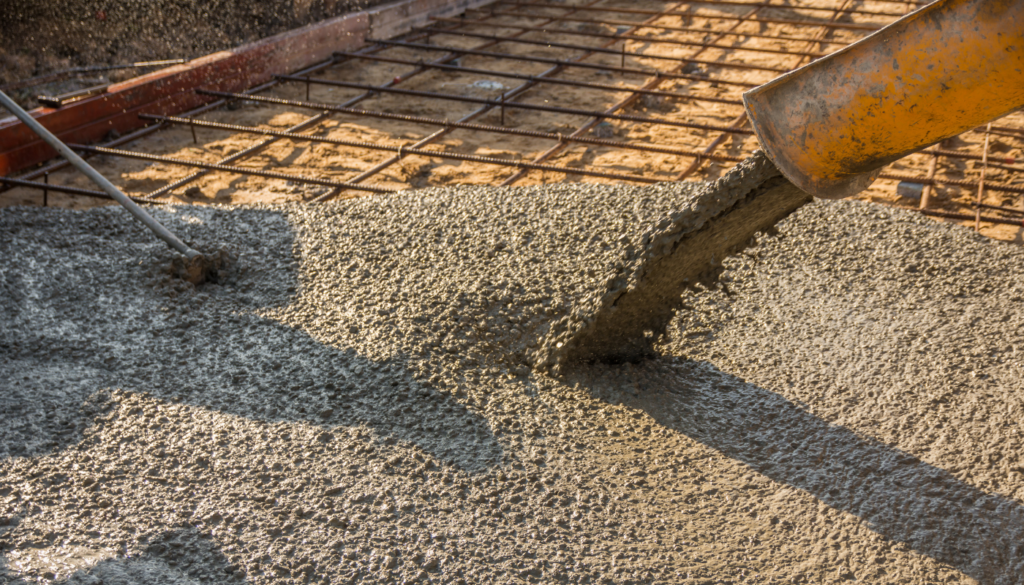
On many occasions, contractors will elect to “Bank Pour” the foundation instead of using wood frames. Bank pouring is a construction term used to describe a footing that is formed using the surrounding soils. Typically, this method is used for trench footings and interior column footings. An excavator will dig the footings using a backhoe or trencher and the concrete contractor will pour the concrete directly into the excavation without framing. This method is typically not used for footings with stem walls or interior column pedestals.
According to ACI 301-10 Section 2.2.2.3 , Unless required or permitted, earth cuts shall not be used as forms for vertical or sloping surfaces. In this case, contractors and inspectors should check the project specifications and/or documents to see if ACI 301 is referenced. If ACI 301 is referenced, then the specification applies to the project. The contractor also has the option to get verification and acceptance through the design engineer. The contractor should also check with local building codes prior to concrete placement.
Some things to look out for when constructing earth formed footings is rebar clearance and the cohesion of the surrounding soils. Typically, the rebar clearance on earth formed footings is 3 inches. However, The specifications should be referenced to verify the specified clearance requirements. Also, the contractor should verify that the soils on the vertical surfaces are cohesive enough to prevent the soil from caving in during construction. In some cases, especially in wet conditions, less cohesive soils will cave into the base of the footing or into the concrete during concrete placement as seen in the photo above.








